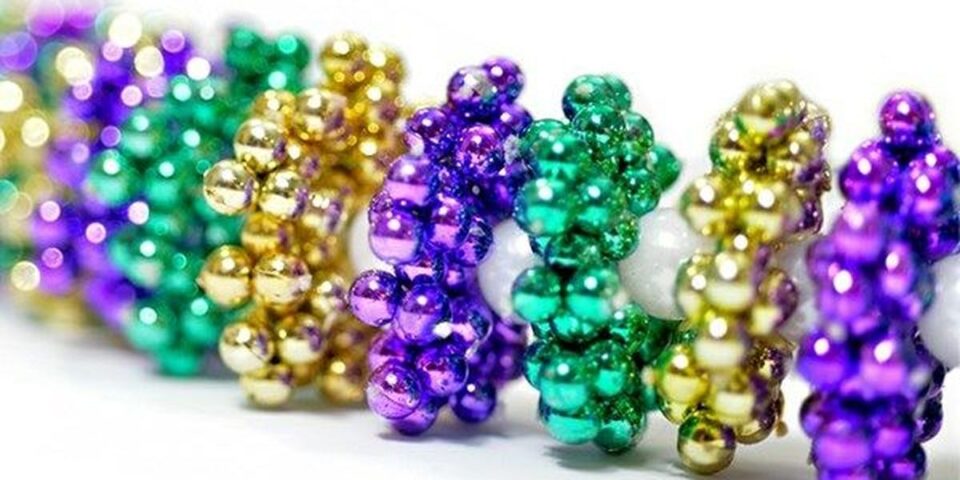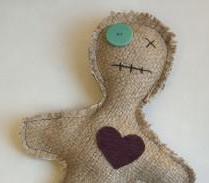
Mardi Gras Bead Alternatives
The effort to reduce our consumption of plastic Mardi Gras beads has begin, but what are the alternatives? They’re not many at the moment, but here are a few people and companies trying their hand at it…
Making sure the beads we get are safer…
Testing their bead supplies for lead levels is something most reputable Mardi Gras bead companies do, said Dan Kelly, owner of Beads by the Dozen on Edwards Avenue. Anytime the shop gets a new supplier in China, Kelly asks for reports of previously tested shipments from the last 90 days. If a supplier doesn’t have such a report, Kelly says he asks the supplier to conduct a test. Kelly’s stock of beads is also randomly tested once it reaches his shop, he says.
“The immediate challenge is riders and folks just being used to paying pennies for plastic beads,” says Kevin Fitzwilliam, owner of Atlas Handmade Beads. People love the idea of using something other than plastic Mardi Gras beads but are intimidated by the higher price of organic alternatives, Fitzwilliam says.
Kelly says he has had several people approach him about selling more environmentally-friendly beads if such a product was available. That turns into a request for funding and the realization that the throws will cost at least $1 per necklace, Kelly says. “No one is going to buy a dollar bead when you can get it for 20 cents,” Kelly says.
Paper and wooden throws

Anne Rolfes, founding executive director of the Louisiana Bucket Brigade, a non-profit environmental health and justice organization, says she thinks it nearly impossible at this moment in time for someone to make a living selling environmentally-friendly Mardi Gras beads. Several years ago, the organization itself tried to sell homemade paper and wooden throws called “ZomBeads” made by local artists, but the effort fizzled after just a few Carnival seasons. People were receptive to ZomBeads, but “There’s still the really high value on the plastics which I’m not sure how to overcome,” Rolfes says.
Still, efforts to create more environmentally-friendly Mardi Gras beads continue on.
Beads made from Algae and plants
Naohiro Kato, an associate professor at Louisiana State University’s Department of Biological Sciences, says he has discovered a way to create biodegradable beads through the growth of microscopic algae, or microalgae.
About 10 times more expensive than regular plastic, the cost of producing biodegradable plastic makes it “very difficult to adapt” for use in Mardi Gras parades today, Kato says. To help offset the cost of production, Kato is searching for investors to fund the growth of microalgae to first produce a nutraceutical compound for use in medicine and vitamin supplements. Profits from this compound will then allow him to produce biodegradable plastic for use in Mardi Gras beads, he says.
Another entrepreneur is also working to develop biodegradable beads.
New Orleans resident Marcus Ciko, founder of 3D Beads, hopes to have a prototype of a biodegradable, plant-based plastic bead completed by Twelfth Night, he says.
“If there was a more biodegradable option, I think a lot of people would buy it right now,” Ciko says. The potential higher cost of a more environmentally-friendly bead will decrease as new technology improves, he says. “I’m confident in the people I’ve talked to that we can make this happen,” Ciko says.
While the complete elimination of plastic beads isn’t going to happen anytime soon, people are interested in a more common way to reduce waste.
part two of Bead Aware by Kate Stevens

